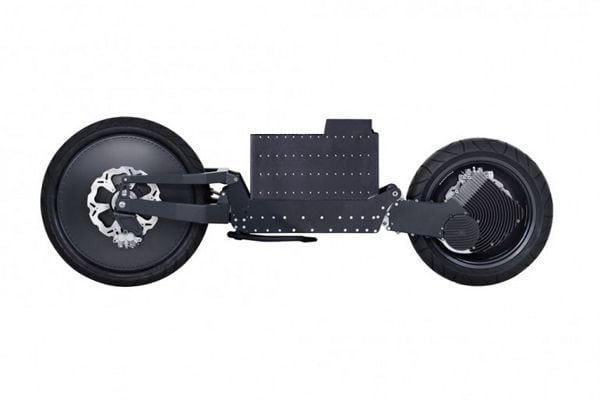I answer a lot of questions on Quora. Many of those questions are about automotive things that may be of interest to CarNewsCafe readers. Like this one.
My Answer: A fully loaded semi-truck and trailer weigh in at up to 80,000 pounds gross. A loaded heavy-duty pickup truck and trailer can weigh in at 40,000 gross. So roughly half the weight. But the pickup will be producing less torque, will have a less highway-tuned drivetrain, and will likely be less aerodynamic than is the semi-truck.
For example, the semi-truck and trailer combine together to become one unit when on the road. The truck and trailer are close enough together that their aerodynamics are combined for a smoother push through the air. Further, the semi-truck is designed to distribute the weight of the truck-trailer and cargo efficiently and tires and drivetrain are geared exclusively for use on paved roads and are tuned for highway speeds. Big trucks are also often speed limited to optimize safety and fuel economy, explaining why many semi-trucks on the highway cannot exceed 65 mph.
The heavy-duty pickup, however, will not have all of that. Its trailer will vary and will likely be taller than the truck itself, spoiling aerodynamics. The pickup will likely have a four-wheel drive setup for off-pavement driving as well. It will also probably have less highway-efficient tires and will have no sure way to balance its load beyond how the trailer is loaded and hitched up.
So the combined fuel economy of the semi-truck at around 8–10 mpg and the combined fuel economy of the loaded heavy-duty pickup at 10–12 mpg are explained by the way each is designed. The semi-truck is designed for one specific job and is very efficient at doing that job when you consider how much cargo weight is being pulled at the truck’s fuel economy rating. The pickup truck is designed to do a variety of jobs and is thus less efficient at any single one of them.







